Choosing the Best Framework for Web Development in 2025
Choosing the Best Framework for Web Development in 2025
When it comes to building a new website, one of the first decisions you'll need to make is which framework to use. With so many options available, it can be overwhelming to choose the right one for your project. In this article, we'll provide an overview of the different types of frameworks and the key considerations to keep in mind when selecting the one that's right for you. Whether you're a beginner or an experienced developer, this guide will help you make an informed decision and ensure that you start your project on the right foot.
What is a website framework?
A website framework is a collection of programs and technologies that let web designers build and maintain websites. It offers the framework and basis for constructing websites, and it may be used to develop a range of website types, from straightforward single-page web pages to intricate apps.
The front-end and the back-end are the two fundamental components of a website structure. The front-end, or user-facing portion of the website, consists of the HTML, CSS, and JavaScript code that creates the site's visual elements. The portion of the website responsible for logic, data storage, and other server-side operations is called the back-end.
Website frameworks are designed to make the development process easier by providing developers with a set of components and tools that can be used to quickly create a website. They are typically built on the Model-View-Controller (MVC) pattern, which separates the logic and data of the website into distinct layers. This allows developers to build complex websites without having to write all the code themselves.
Why do I need a website framework?
Having a website structure is becoming more and more crucial as organizations grow and evolve in the digital era. Any website's base is its website framework, which offers the coding and structure required for your website to operate correctly. Businesses won't be able to build a website that is responsive, aesthetically pleasing, and simple to use without a website framework. Here are some of the reasons why companies need a website framework:
1. Increased Visibility: A website framework provides the necessary coding and structure for a website to be visible to search engines, which improves the website’s ranking on search engine results pages. This helps to increase the visibility of the website, making it easier for potential customers to find the business online.
2. Responsive Design: A website framework is essential for creating a website that is responsive and can be viewed on any device or browser. This ensures that all users, regardless of the device they are using, have a pleasant experience when visiting your website.
3. Increased Efficiency: A website framework allows businesses to save time and resources by providing a template that can be used to quickly and easily create an effective website. This saves businesses from having to start from scratch when creating a website, which can be a time-consuming and expensive process.
4. Improved User Experience: A website framework makes it easy to create a website that is easy to navigate and visually appealing. This helps to improve the overall user experience, ensuring that visitors to your website have a positive experience and are more likely to return in the future.

What Are Some Popular Website Frameworks today?
1. AngularJS framework
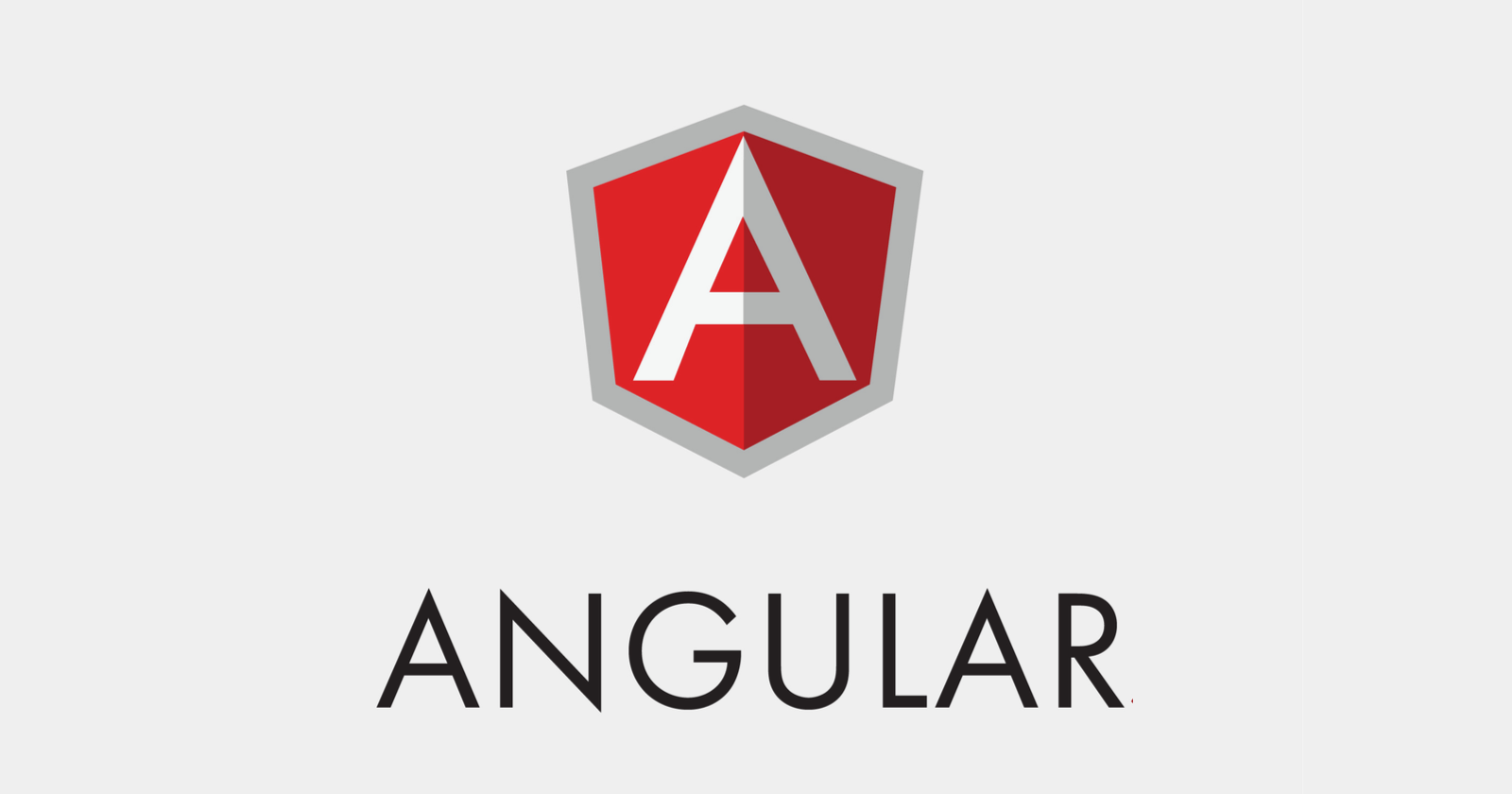
Angular is a powerful and popular web application framework written in JavaScript. It is a front-end development platform designed to help developers create dynamic web apps quickly and easily. AngularJS makes it easy to extend HTML with its own custom attributes, allowing web developers to create powerful, interactive user interfaces. It supports two-way data binding, allowing developers to quickly and easily write code that changes the state of the application when the user interacts with it. AngularJS also includes a number of features to help developers create sophisticated applications, such as routing, dependency injection, and more.
2. Node
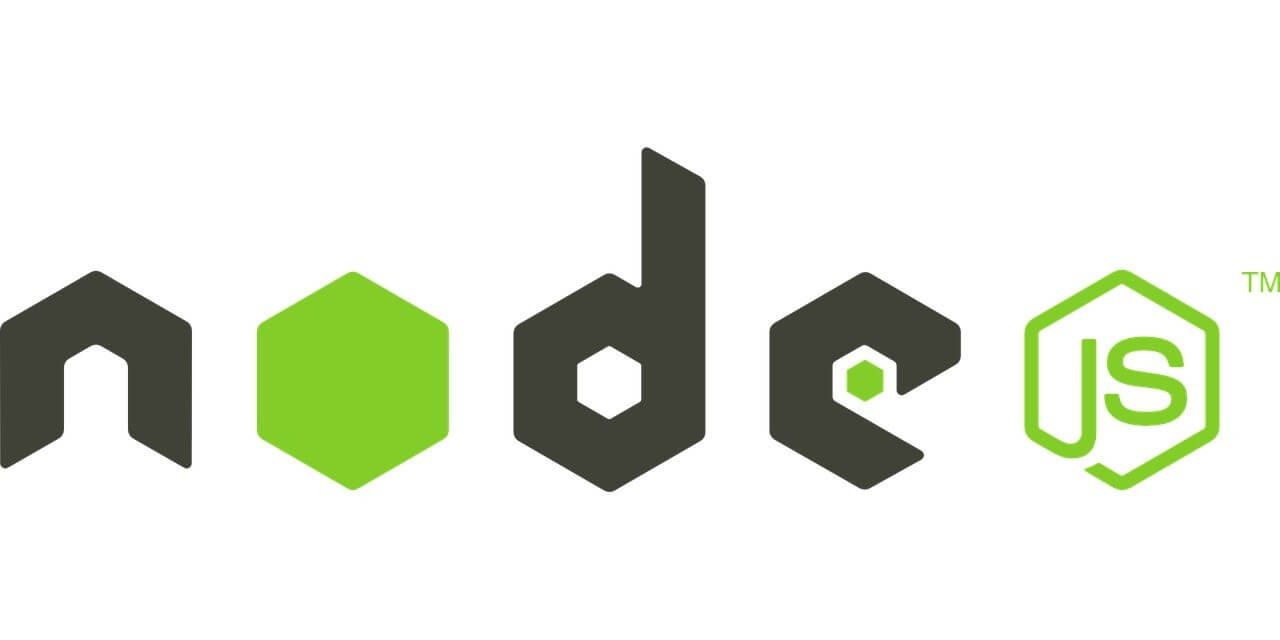
Node is an open source server-side platform. It is a JavaScript-based runtime environment that provides a platform for creating backend services, APIs, and other server-side applications. Node.JS is designed to be lightweight and efficient, and it is a great choice for creating scalable web applications. Node.JS applications are written in JavaScript and can be run on any platform that supports the JavaScript language. It is commonly used for creating real-time applications, microservices, and web applications.
3. React
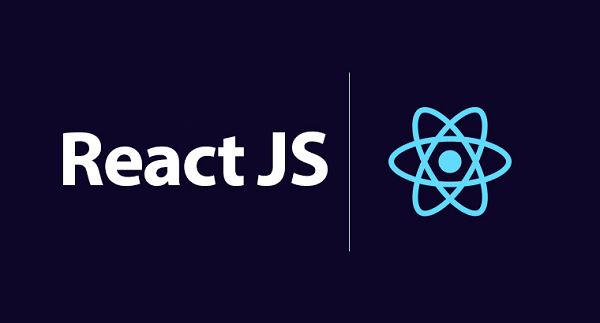
React is a JavaScript library for building user interfaces. It is a popular framework for creating single page applications and is used by many top companies, such as Netflix, Airbnb, and Facebook. ReactJS makes it easy to create components that can be reused and shared across applications. It also provides a powerful set of tools for manipulating the DOM and creating interactive user interfaces. ReactJS is a great choice for creating dynamic, responsive web applications.
4. Vue
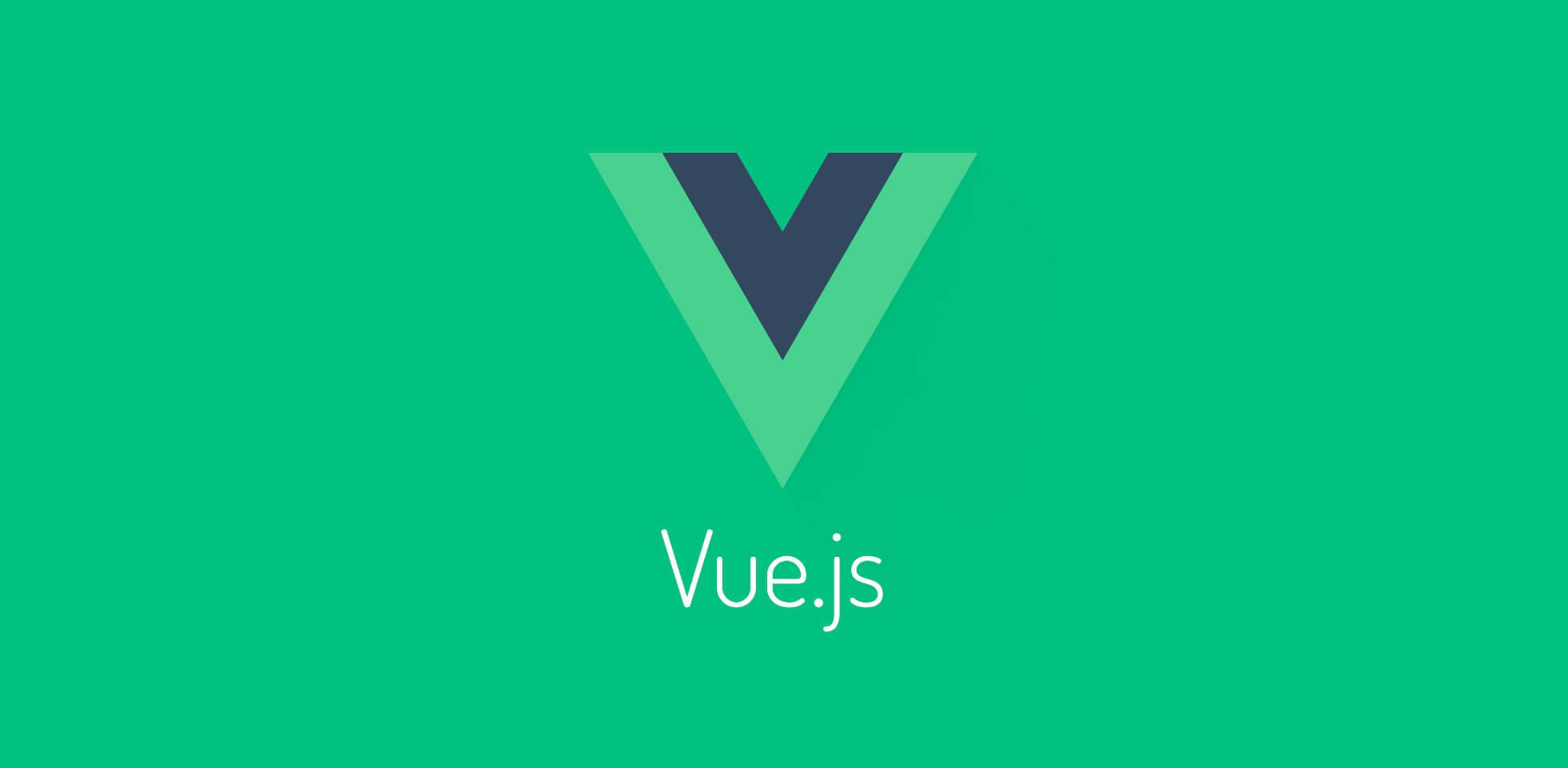
Vue is an open source JavaScript framework for building user interfaces. It is designed to be lightweight and easy to use, and it is a great choice for creating modern, dynamic web applications. Vue.JS makes it easy to create components and create interactive user interfaces. It has a number of features, including two-way data binding, virtual DOM, and more, which make it a great choice for creating powerful, dynamic web applications.
5. Ruby on Rails
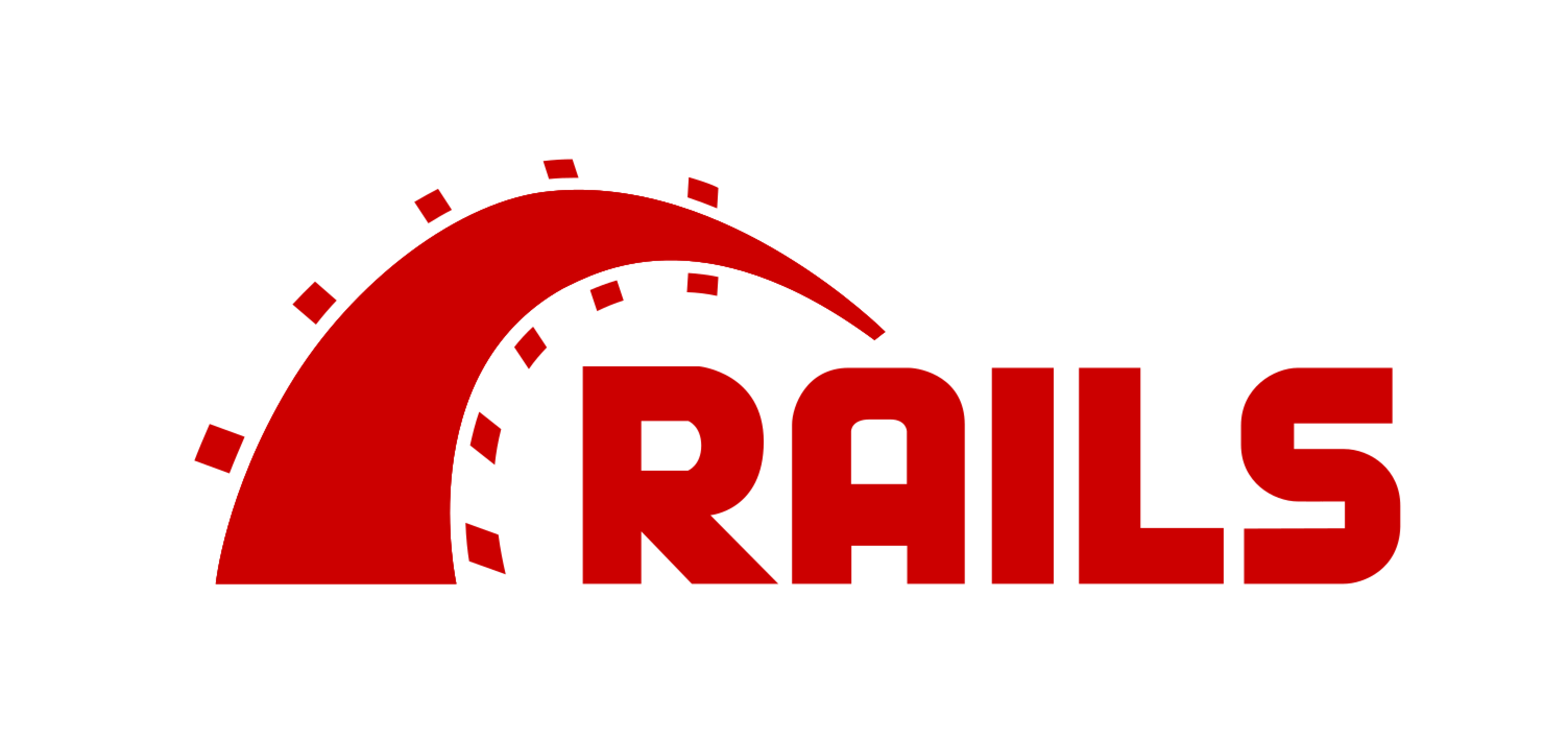
Ruby on Rails is a web application framework written in the Ruby programming language. It is designed to provide developers with a powerful and efficient platform for creating web applications. Ruby on Rails makes it easy to create custom, complex web applications quickly and easily. It is a great choice for creating reliable, scalable applications, and it is also popular for creating APIs.
6. Laravel
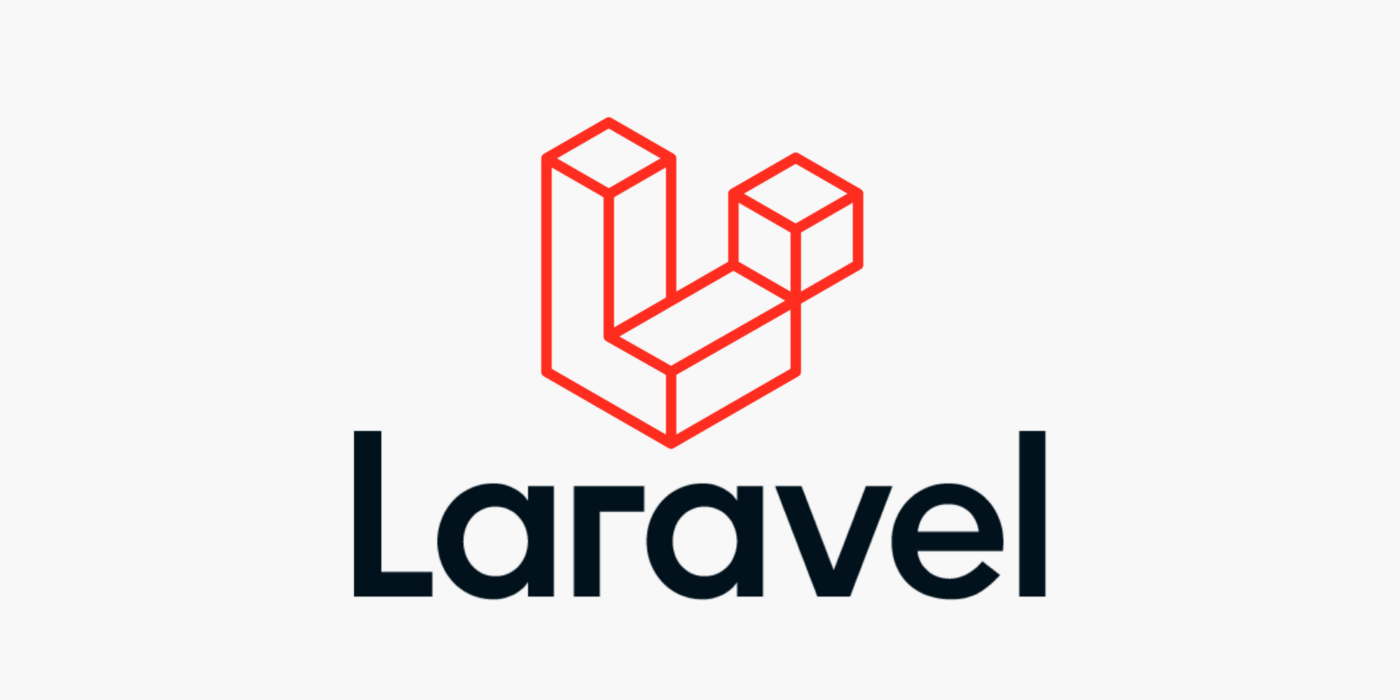
Laravel is an open source web application framework written in the PHP programming language. It is designed to provide developers with a powerful and efficient platform for creating web applications. Laravel makes it easy to create custom, complex web applications quickly and easily. It has a number of features, such as routing, authentication, and more, which make it a great choice for creating powerful, dynamic web applications.
7. CodeIgniter

CodeIgniter is written in the PHP programming language. It is designed to provide developers with a powerful and efficient platform for creating web applications. CodeIgniter makes it easy to create custom, complex web applications quickly and easily. It has a number of features, such as caching, models, and more, which make it a great choice for creating powerful, dynamic web applications.
8. Django
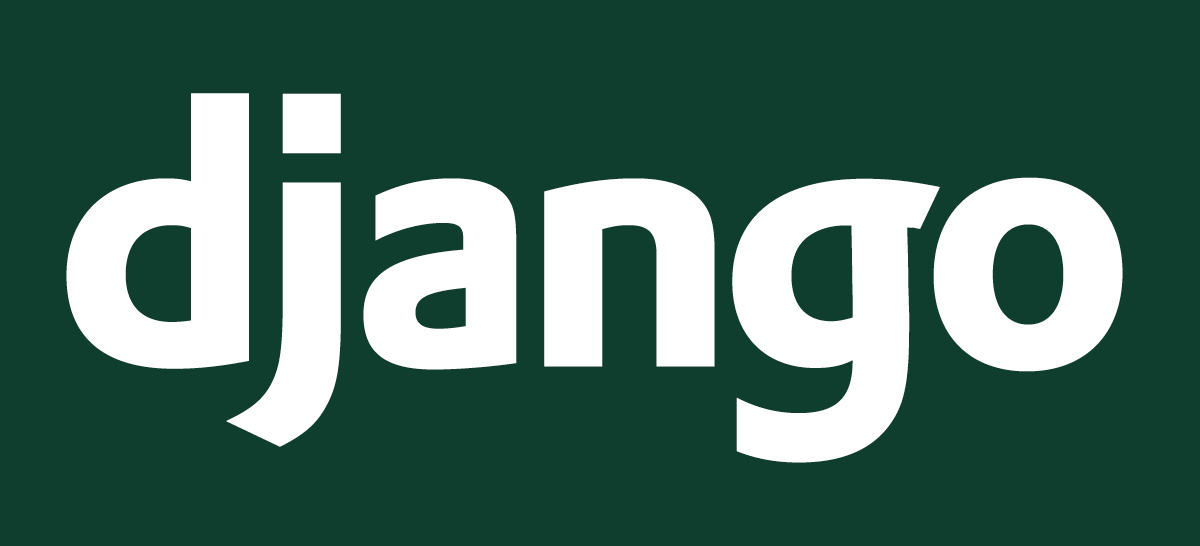
Django is an open source web application framework written in the Python programming language. It is designed to provide developers with a powerful and efficient platform for creating web applications. Django makes it easy to create custom, complex web applications quickly and easily. It has a number of features, such as authentication, template engine, and more, which make it a great choice for creating powerful, dynamic web applications.
Factors to Consider While Choosing the Front-End Framework
When it comes to custom web development services, choosing the right front-end framework is an integral part of the process. With so many frameworks available, it can be hard to know which one to choose for your project. In this article, we’ll take a look at the key factors you need to consider when choosing the best front-end framework for your project.
Popularity
Checking the popularity of the framework is an important step in the selection process. It’s important to make sure that the framework you choose is widely used and has a strong community of developers who can help with any issues you might have. The most popular front-end frameworks such as React, Vue, and Angular are widely used and have large communities of developers who can provide support.
Performance Level
The performance of the framework is also something to consider when making a decision. It’s important to choose a framework that is fast and efficient, as this can make a big difference in the user experience. The best way to determine the performance level of the framework is to check out reviews from developers who have used it.
Server-Side Rendering (SSR)
Server-side rendering is a technique that is used to improve the performance of a website. It involves rendering the content of a web page on the server before it is sent to the browser. It is important to choose a framework that supports server-side rendering, as this can make a big difference in the performance of your website.
Support for Responsiveness
A good front-end framework should be responsive, meaning it should be able to adapt to different screen sizes without any issues. This is important because more and more people are accessing websites on mobile devices and you want to make sure that your website looks great no matter what device they are using.
Feature-Rich
Make sure that the framework you choose is feature-rich and contains all the features you need for your project. Different frameworks offer different features, so it’s important to do your research and make sure that the framework you choose has the features you need.
Usability
The framework should also be easy to use. You don’t want to choose a framework that is too complicated and difficult to use, as this will make it difficult for you to develop your project.
Integration and Customization Flexibilities
The framework should also be flexible and allow for easy integration and customization. This is important as it will make it easier for you to adapt the framework to your project’s specific needs.
Post-Development Support
It’s also important to make sure that the framework you choose has good post-development support. This is important in case you run into any issues after you have launched your project. The best way to determine the post-development support is to check out reviews from developers who have used the framework.
Conclusion
In conclusion, choosing the right front-end framework for your project is essential for its success. When making a decision, it’s important to take into account the factors listed above, such as popularity, performance level, server-side rendering, support for responsiveness, feature-rich, usability, integration and customization flexibilities, and post-development support. By considering all of these factors, you can ensure that you choose the best front-end framework for your project.



